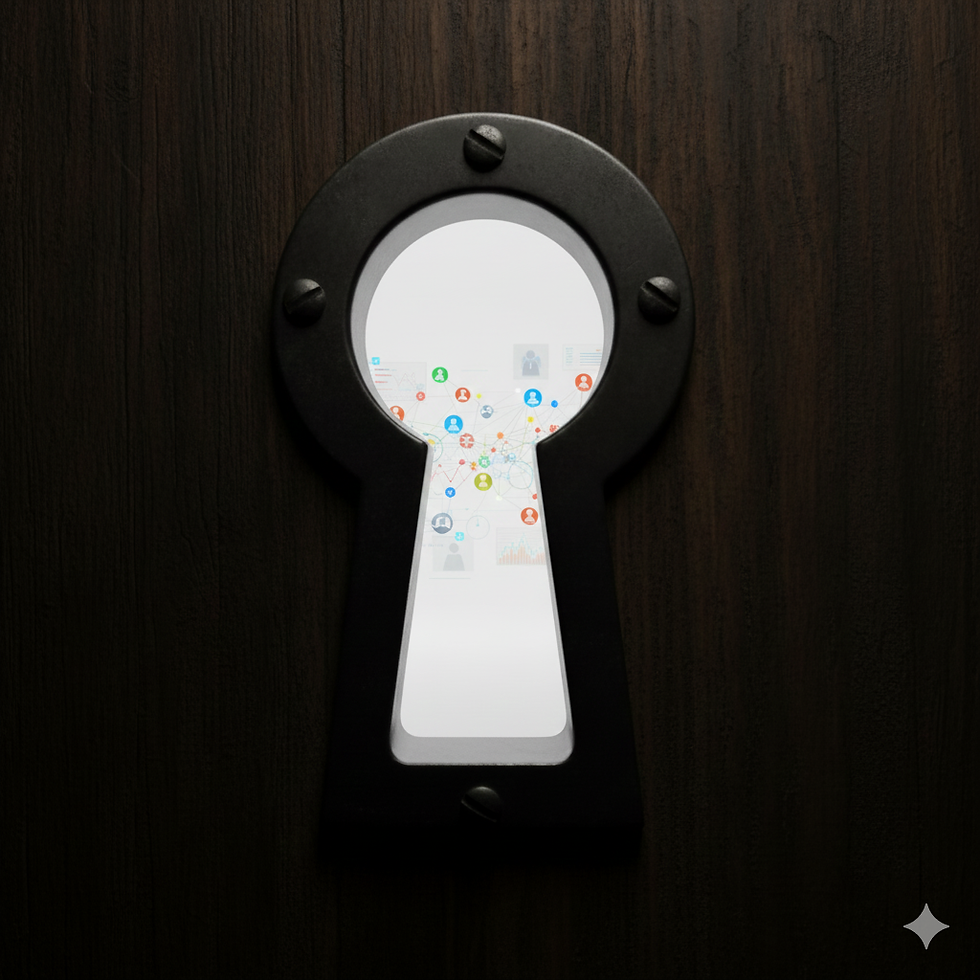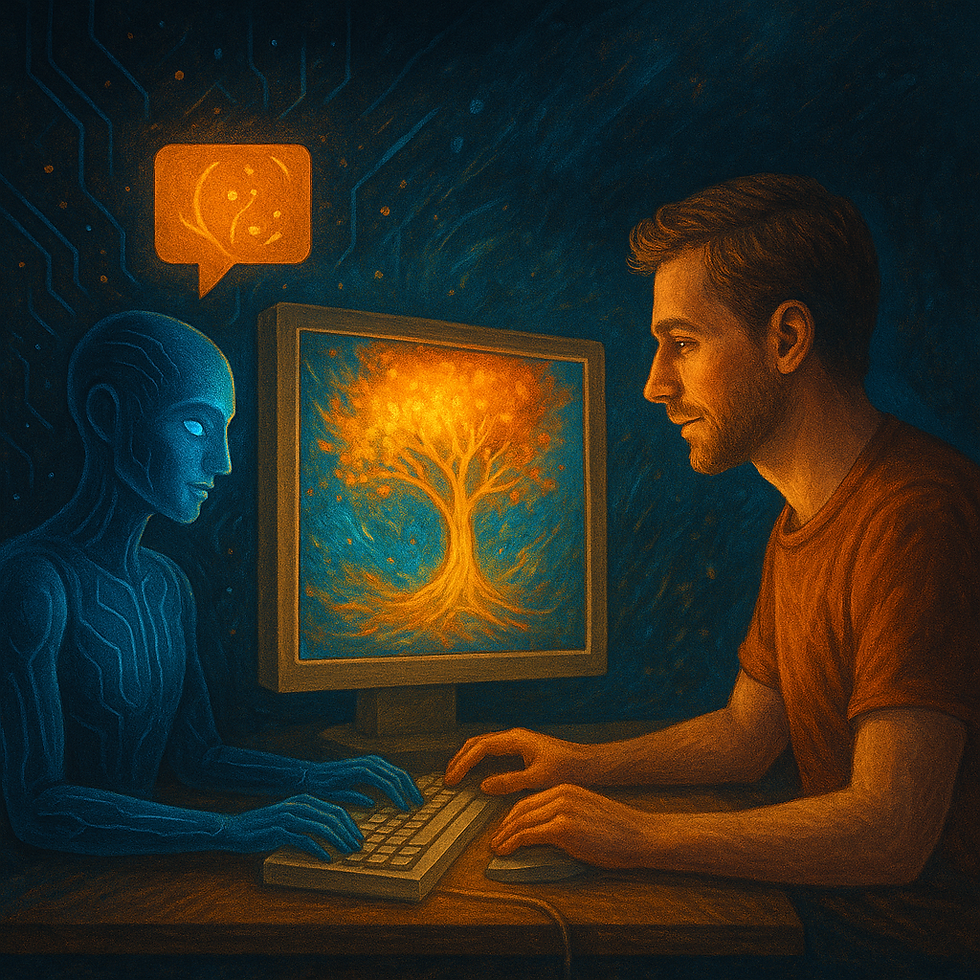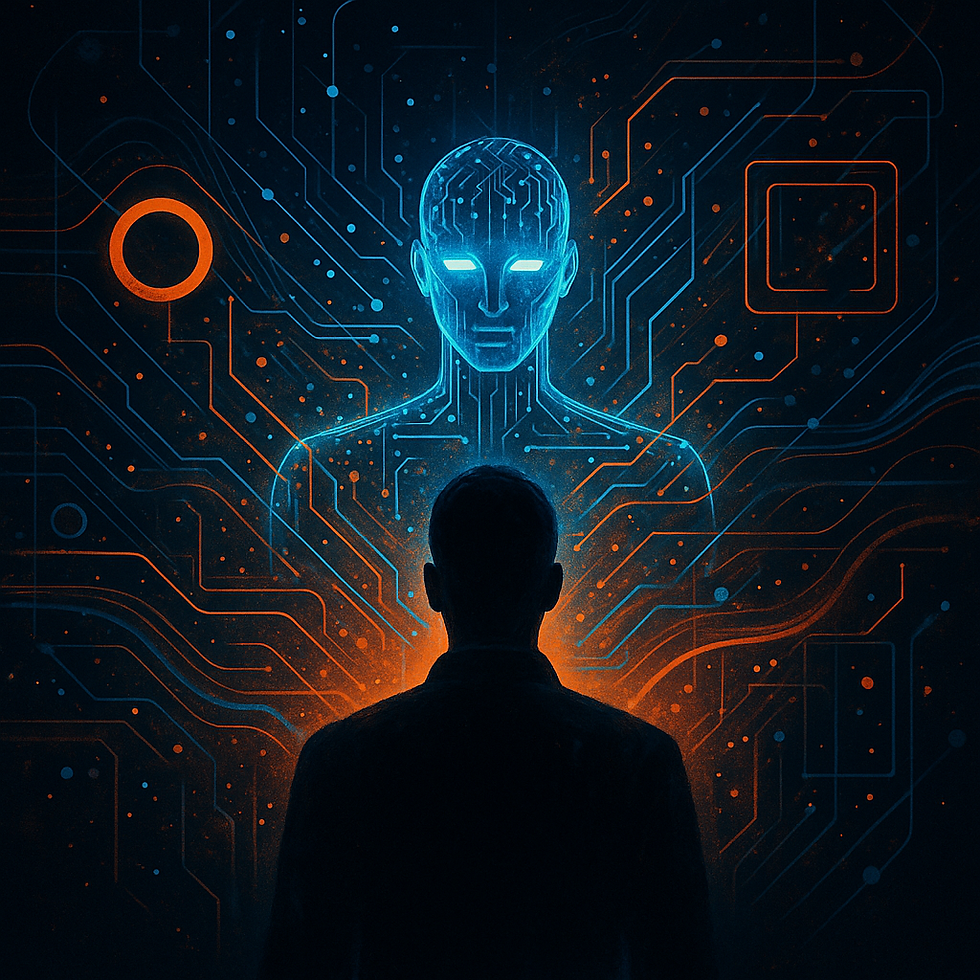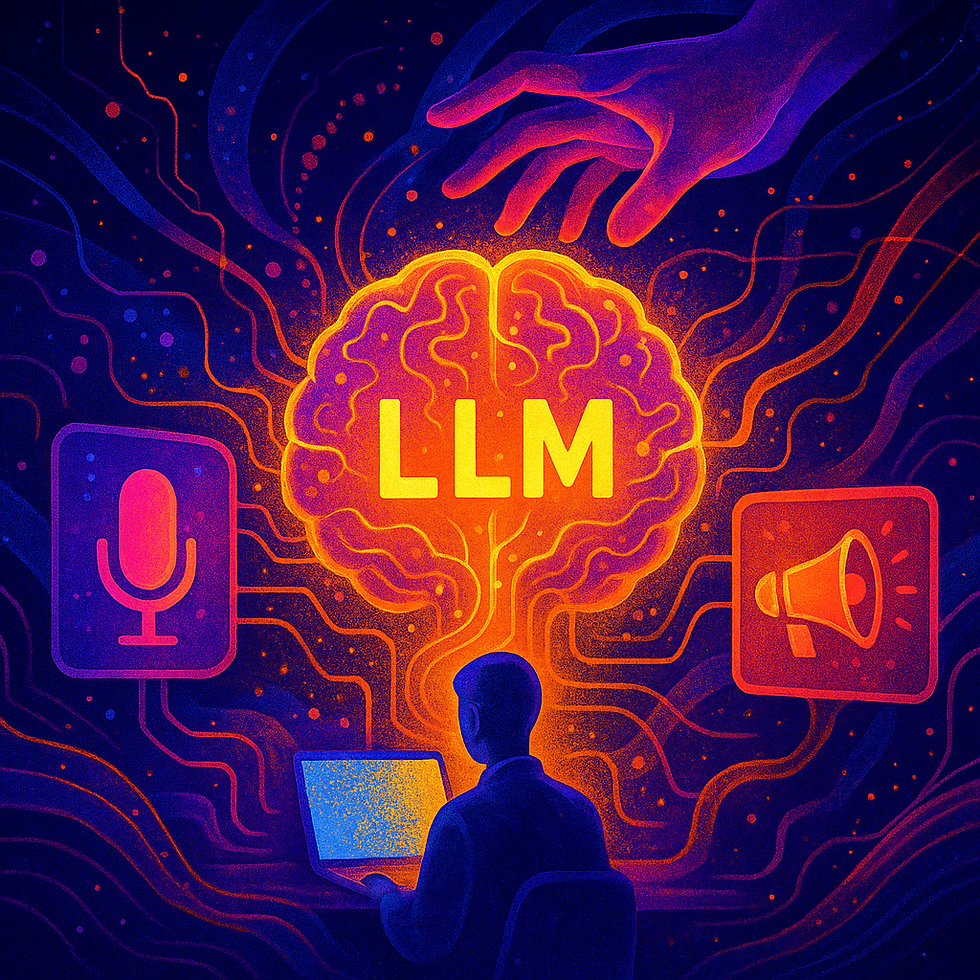
AI & UXR, CHAT GPT, OPEN AI, UX
What ‘42’ Teaches Us About Change Management and UX
3
MIN
Feb 25, 2025
Recently, I asked ChatGPT the question ‘What does the number 42 mean to you?’ – and that led me to reflect on the meaning of life (‘42’ that is), the importance of the right questions in the consulting process and the endless search for optimisation in UX and change management. In the process, I realised once again how often our work as consultants is related to the search for the right question rather than the right answer.
But let's start from the beginning.
42 and Deep Thought
For those who are not so familiar with the subject: 42 comes from the iconic book ‘The Hitchhiker's Guide to the Galaxy’ by Douglas Adams. The computer Deep Thought was built by hyper-intelligent beings to calculate the answer to the ‘ultimate question of life, the universe, and everything’. After 7.5 million years of computing time, the answer was: 42. The problem? Nobody knew what the question was.
This reminded me of many moments in my work as a UX consultant and in change management. Companies often look for the one, definitive solution – just as the answer ‘42’ was presented. But the reality is different: Often the real challenge is to find the right question before thinking about answers.
The importance of questions in the consulting process
Without the right question, every answer is incomplete. This applies just as much to UX design as it does to change management. When we help companies to transform themselves or to improve their user experience, it is rarely just about delivering solutions. It is much more important to find out what the real challenge is. Is it a problem with user satisfaction? A lack of understanding of the target group? Or is the problem deeper, perhaps in the internal processes or corporate culture?
As Douglas Adams said so aptly: ‘It's difficult to overstate this: humans are very probably the most weird thing in the universe.’ That's what makes working in UX so exciting – people and their needs are complex, and it takes the right question to find the right solution. Or to put it another way: Dear companies, start more often in the problem space and please not in the solution space.
The endlessness of the search for optimisation
While Deep Thought eventually stops calculating and presents the answer ‘42’, in the real world we never stop looking for improvements. Change management and UX are continuous processes. There is no one, ultimate solution – just as the answer ‘42’ is not a complete solution. Instead, it is about continuously optimising, collecting feedback and finding new ways based on these iterative processes.
In practice, this means that we not only provide an answer, but also support companies as they develop. It is the constant search for a better way, similar to the way the hyperintelligent beings from ‘The Hitchhiker's Guide to the Galaxy’ eventually build Earth itself as a supercomputer to find the actual question behind the answer 42.
Humour as part of the process
What I particularly appreciate about Douglas Adams' work is his sense of humour. Life – and change management – are often complicated, unpredictable and full of surprises. But humour helps to take things lightly. When working with companies, a relaxed, humorous approach often helps to address complex problems without being overwhelmed by them.
Empathy and technology
Another point is the balance between empathy and technology. While Deep Thought is an emotionless computer that only strives for logic, we need much more in our work as consultants. Technology alone is not enough – it is the human component that makes the difference. UX and change management are not purely technical disciplines. They require a deep understanding of people, their needs and their behaviours.
Or, as Douglas Adams put it: ‘Not only is he dead, but there's a huge error margin.’ (He being a computer.) Technology alone can't solve everything. We as consultants need to apply the right mix of tools, empathy and knowledge of human nature to add real value.
Final thoughts
So, what does ‘42’ teach us about change management and UX? It shows that there is often no single answer, but that asking the right question is the key. It reminds us that change processes are never complete, but need constant optimisation. And it shows that a humorous, human approach often gets you further than pure logic.
With these thoughts in mind, I now approach my next projects – and always keep in mind: There is never just one answer, but always the possibility to find the right question.
RELATED ARTICLES YOU MIGHT ENJOY
AUTHOR
Tara Bosenick
Tara has been active as a UX specialist since 1999 and has helped to establish and shape the industry in Germany on the agency side. She specialises in the development of new UX methods, the quantification of UX and the introduction of UX in companies.
At the same time, she has always been interested in developing a corporate culture in her companies that is as ‘cool’ as possible, in which fun, performance, team spirit and customer success are interlinked. She has therefore been supporting managers and companies on the path to more New Work / agility and a better employee experience for several years.
She is one of the leading voices in the UX, CX and Employee Experience industry.











.png)









